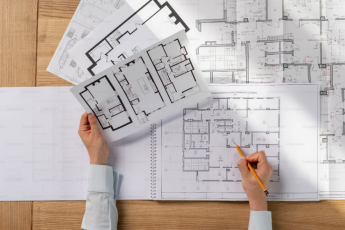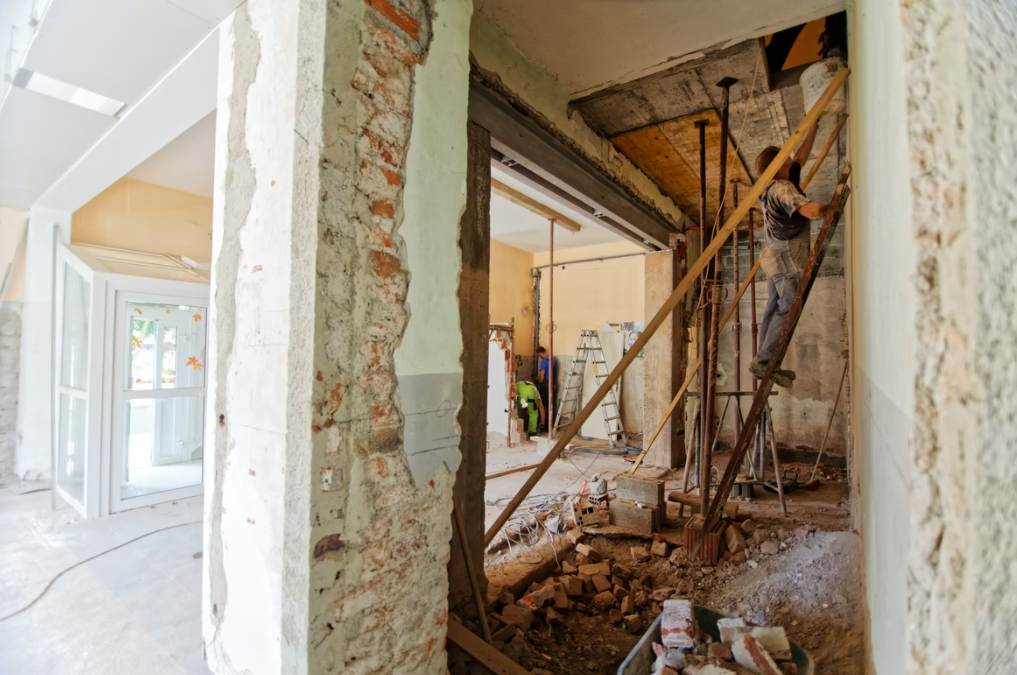How to Fund Your Upcoming Home Renovation

A home renovation project is a great way to feel more comfortable in your space and increase your property’s value!

Whether you want to renovate just your kitchen or plan to complete a full remodeling project, your budget should be at the top of your to-do list. Regardless of the size or complexity of your home renovation project, you need to start thinking about how you’ll fund your venture.
Not a single pipe fitting gets installed, or foundation poured or countertop resurfaced or electric wire run without money. And you already know that money for such projects isn’t always available in your account. The good news is that there are a few options to finance your upcoming home renovation. Keep in mind that the best option will depend on your financial situation and individual circumstances. Here are four ways to pay for home renovations:
Save Up and Pay Cash
It’s obvious that you need to set a budget for your home renovation before you start looking for ways to fund the project. Now, if you’re looking to undertake a small renovation project and still have some time, consider saving up money to fund the renovation with cash. And if you already have enough money in your savings account, then go ahead and pay for your home renovation with cash.
Here’s the thing―cash is almost always the best option when it comes to funding your projects. Not only does it help you to stay within budget but you’ll avoid amassing more debt and paying interest fees as well. If you’re undertaking a major home renovation, saving up might not be the best option as you’re likely to take years to save up enough money to cover the costs. And of course, you don’t want to drain your savings on a renovation. As such, it’s best to consider other financing options.
Refinance Your Mortgage
Refinancing a mortgage often involves paying off your existing loan and using a different lender with completely new loan terms. Homeowners refinance to either shorten the loan’s term, secure a lower interest rate, consolidate debt, or tap into their equity to source funds for a serious financial emergency or any other project.
Depending on the overall cost of your existing loan, you can refinance at a lower mortgage rate or for a longer payment term. This will not only save you money but also lower your monthly payment. If you have substantive equity in your home, you can take out a cash-out refinance and finance your home renovations. With this financing option, you’re allowed to borrow an amount greater than your original mortgage, pay off what you owe, and receive a check for the difference to renovate your home.
Alternative Financing Options
The refinancing option may not apply to homeowners who have already paid off their mortgage or are currently paying a low-interest rate on their first mortgage. If this is your case, there are other alternative financing options you can consider including:
A home equity line of credit (HELOC) can be defined as a revolving line of credit that allows you to borrow money against the equity in your home. Much like credit cards, HELOCs let you borrow up to a certain credit limit and then pay back the money along with interest. However, since your home serves as security for the loan, you’ll pay a lower interest rate and enjoy more flexibility than you would with a credit card. Depending on the market value of your home, your credit history, unpaid debts, and your mortgage balance, you may qualify for this type of loan to fund your upcoming home renovation.
A home equity loan―also referred to as a term loan or second mortgage―is a fixed-term loan that allows you to borrow money against your equity in the home. Unlike a HELOC, this type of loan offers fixed rates, which means you know exactly what you’ll be paying each month when you take one out. In addition, you’re given a lump sum payment. So, if you’re looking for a decent option to finance a minor home renovation, consider taking a home equity loan.
Lastly, If you’re a homeowner who is 62 or older, you can convert a portion of your home equity into funds for your home renovation. This is called a reverse mortgage; in which you tap into the equity you have built up over the years and turn it into a loan for yourself. With this option, the loan balance grows over time and becomes due when you move out of the residence, sell your home, or pass away. Check out this reverse mortgage calculator by All Reverse Mortgage to see how much you might qualify for.
Sign up for a Low-Interest Credit Card
If you’re undertaking a minor renovation, like restoring shine to the wood floor or installing new kitchen lighting fixtures, signing up for a credit card may be a great way to finance your project. Many credit cards come with cash-back benefits, so the more money you spend, the more rewards you get. You can sign up for a zero percent introductory APR credit card and pay for your home renovation interest-free (if you use it within the first few months).








